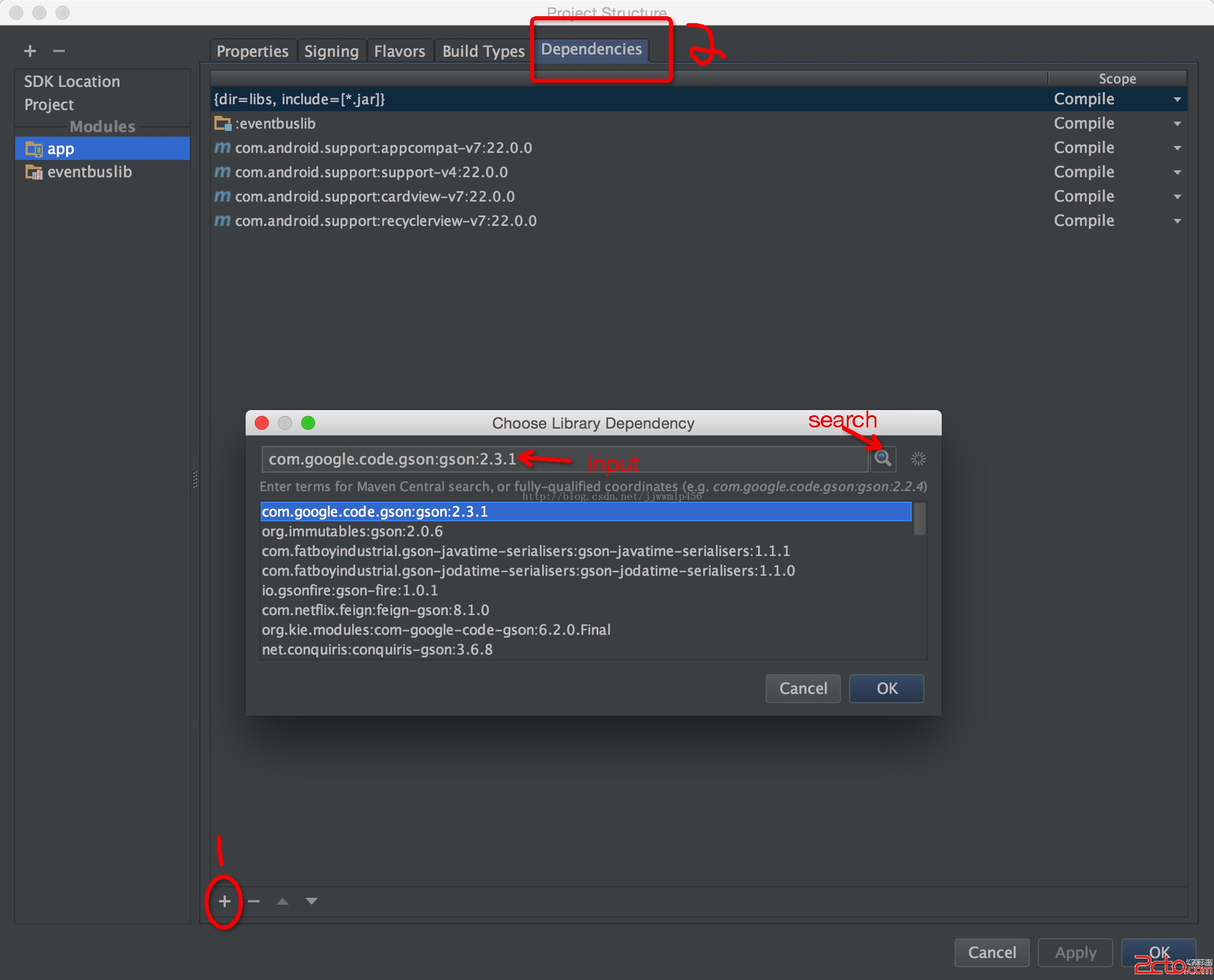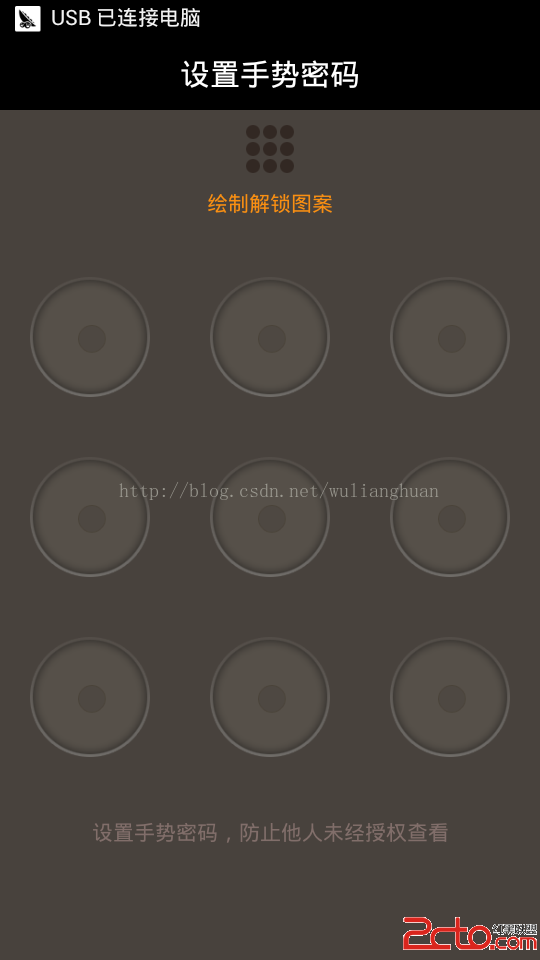編輯:關於Android編程
String name = new String(response.getBytes("iso-8859-1"), "UTF-8");
也無濟於事。想到服務器好像是用URLENCODER編了碼的,懷著試一試的態度在return後面加了條URLDecoder.decode(content,"utf-8");果然有效!不過還是不太明白URLDecoder.decode(content,"utf-8")和EntityUtils.toString(response.getEntity(),"utf-8")在解碼的時候有什麼區別。下面是網絡端的代碼:
package com.trilink.ibeaconlocationdisplay.utils;
import java.io.UnsupportedEncodingException;
import java.util.List;
import org.apache.http.HttpResponse;
import org.apache.http.HttpStatus;
import org.apache.http.NameValuePair;
import org.apache.http.client.HttpClient;
import org.apache.http.client.entity.UrlEncodedFormEntity;
import org.apache.http.client.methods.HttpPost;
import org.apache.http.impl.client.DefaultHttpClient;
import org.apache.http.params.BasicHttpParams;
import org.apache.http.params.HttpConnectionParams;
import org.apache.http.util.EntityUtils;
import android.util.Log;
public class NetworkService {
private static String TAG = "NetworkService";
//private static String url_ip = ServerUrl.SERVER_ADRESS+"UserInfoServlet?";
//private static String url_ip = "http://192.168.1.231:8080/indoor/";
/**
* 釋放資源
*/
public static void cancel() {
Log.i(TAG, "cancel!");
// if(conn != null) {
// conn.cancel();
// }
}
//無參數傳遞的
public static String getPostResult(String url){
//創建http請求對象
HttpPost post = new HttpPost(url);
//創建HttpParams以用來設置HTTP參數
BasicHttpParams httpParams = new BasicHttpParams();
HttpConnectionParams.setConnectionTimeout(httpParams,10 * 1000);
HttpConnectionParams.setSoTimeout(httpParams, 10 * 1000);
//創建網絡訪問處理對象
HttpClient httpClient = new DefaultHttpClient(httpParams);
try{
//執行請求參數
HttpResponse response = httpClient.execute(post);
//判斷是否請求成功
if(response.getStatusLine().getStatusCode() == HttpStatus.SC_OK) {
//獲得響應信息
String content = EntityUtils.toString(response.getEntity());
return URLDecoder.decode(content,"utf-8");
}
}catch(Exception e) {
e.printStackTrace();
return "{\"status\":405,\"resultMsg\":\"網絡超時!\"}";
} finally {
//釋放網絡連接資源
httpClient.getConnectionManager().shutdown();
}
return "{\"status\":405,\"resultMsg\":\"網絡超時!\"}";
}
//有參數傳遞的
public static String getPostResult(String url, List paramList){
UrlEncodedFormEntity entity = null;
try {
entity = new UrlEncodedFormEntity(paramList,"utf-8");
} catch (UnsupportedEncodingException e1) {
// TODO Auto-generated catch block
e1.printStackTrace();
}
//創建http請求對象
HttpPost post = new HttpPost(url);
BasicHttpParams httpParams = new BasicHttpParams();
HttpConnectionParams.setConnectionTimeout(httpParams, 10 * 1000);
HttpConnectionParams.setSoTimeout(httpParams, 10 * 1000);
post.setEntity(entity);
//創建網絡訪問處理對象
HttpClient httpClient = new DefaultHttpClient(httpParams);
try{
//執行請求參數
HttpResponse response = httpClient.execute(post);
//判斷是否請求成功
if(response.getStatusLine().getStatusCode() == HttpStatus.SC_OK) {
//獲得響應信息
String content = EntityUtils.toString(response.getEntity(),"UTF-8");
return URLDecoder.decode(content,"utf-8");
}
}catch(Exception e) {
e.printStackTrace();
return "{\"status\":405,\"resultMsg\":\"網絡超時!\"}";
} finally {
//釋放網絡連接資源
httpClient.getConnectionManager().shutdown();
}
return "{\"status\":405,\"resultMsg\":\"網絡超時!\"}";
}
}
 Android 多渠道打包:使用Gradle和Android Studio
Android 多渠道打包:使用Gradle和Android Studio
Gradle,這個東西好復雜,不過在Android中,我們知道它大概怎麼用,它的依據何來,就夠了。 build.gradle
 Android 中如何計算 App 的啟動時間?
Android 中如何計算 App 的啟動時間?
之前有人在知乎提問:“怎麼計算apk的啟動時間?”: 利用Python或者直接用adb命令怎麼計算apk的啟動時間呢?就是計算從點擊圖標到apk完
 Android招財進寶手勢密碼的實現
Android招財進寶手勢密碼的實現
這幾個月都是在做招財進寶項目,一個高收益低風險的理財APP,有興趣的可以下載玩玩,收益不錯哦!!! 招財進寶下載地址:http://8.shengpay.com/
 百度一鍵root怎麼獲取權限
百度一鍵root怎麼獲取權限
百度一鍵root是一款很簡單清潔的軟件,很適合剛剛接觸root使用的群眾用。root就是讓你的獲取手機權限,然後處理一些手機系統本來無法處理的軟件,讓你的手